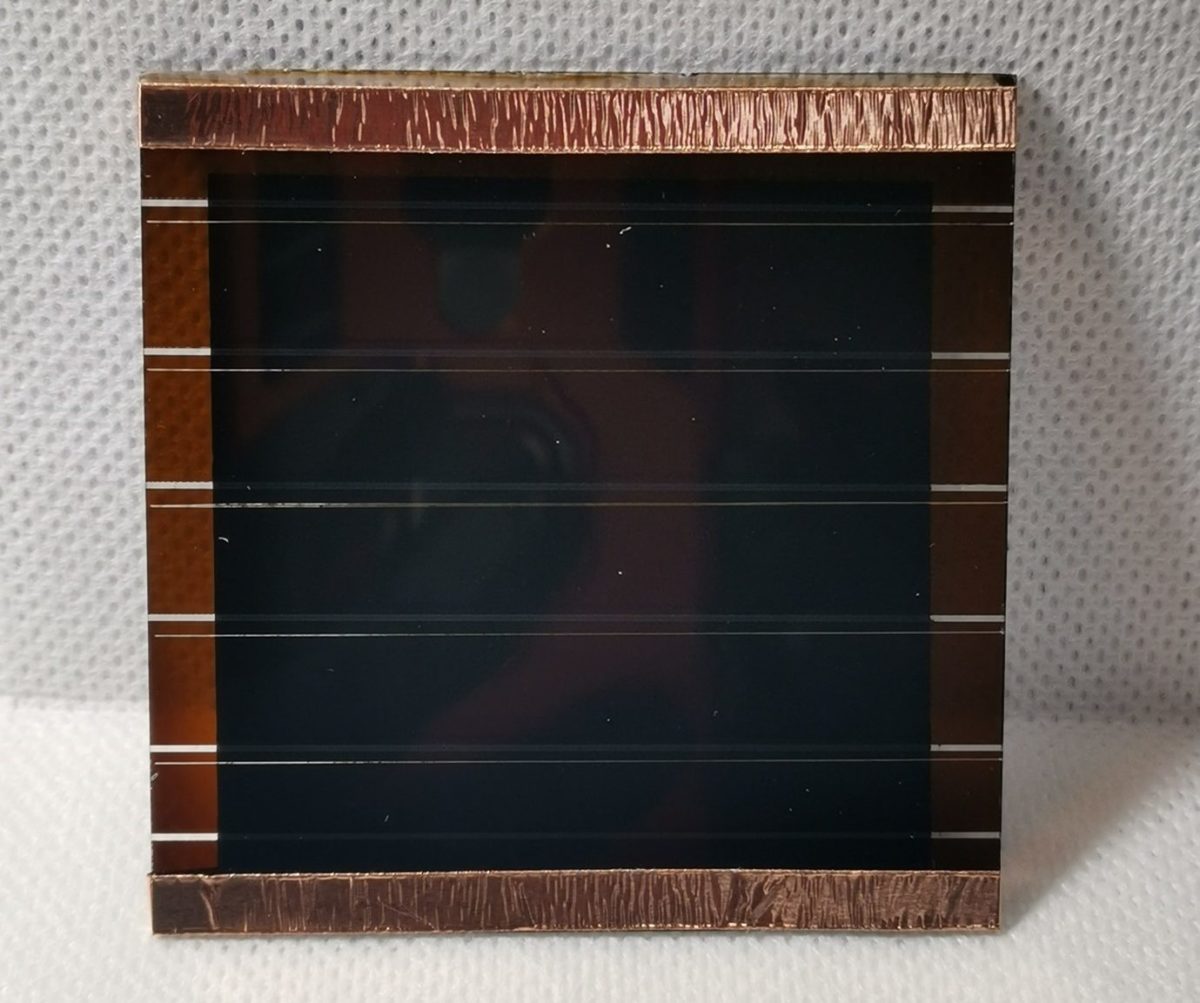https://pv-magazine-usa.com/2022/10/17/u-s-doe-invests-in-enhancing-environmental-and-wildlife-benefits-of-solar/
U.S. DOE invests in enhancing environmental and wildlife benefits of solar

Image: U.S. Fish and Wildlife Service
The U.S. Department of Energy (DOE) announced $14 million in funding for researchers to use in studies of how solar energy infrastructure interacts with wildlife and ecosystems. Through the Deploying Solar with Wildlife and Ecosystem Services Benefits (SolWEB) funding program, researchers will study the interactions of pronghorn, pollinators, birds, and other species with solar energy facilities in 26 states. This funding program also includes DOE’s first-ever investments in tools that can assess and help optimize ecosystem services at solar installations.
“DOE is committed to ensuring that renewable energy deployment protects natural environments,” said U.S. Secretary of Energy Jennifer M. Granholm. “This first-ever DOE investment in tools to better understand how solar energy infrastructure interacts with native wildlife and the environment will help increase adoption of ecosystem-friendly clean energy deployment.”
Solar energy is growing rapidly in the U.S., in part to meet President Biden’s goal of net-zero carbon emissions by 2050. While solar deployment has proven to benefit local communities and reduce carbon emissions by reducing the use of fossil fuels, more data is needed on how large solar installations affect wildlife and the environment.
One study conducted at the University of Nevada, Las Vegas, however, found that solar farms provide better habitat than the wide-open desert. With tortoise-sized openings at the bottom of the fence surrounding the solar structure, tortoises found more shade and food under the structure. In another study conducted by First Solar at its Topaz project in Calif., First Solar uses a special fence to let endangered foxes in and their predators, coyotes, out. The study found that vegetation at the site showed “greater percent live cover, less bare ground, and higher species diversity” than on surrounding stewardship lands. In a study at the University of Arizona, researchers found that crops improve solar array performance, and the solar arrays improve crop yield in dry environments.
With DOE’s investment, it intends to expand the understanding of solar and the environment, and to also look at ecosystem services, which can also include carbon sequestration and improved soil and water quality.
Projects addressing wildlife interactions ($8.8 million):
- Cornell University (Ithaca, NY): $2 million to use an emerging technology to quantify insect biodiversity and pollinator communities at solar facilities.
- Renewable Energy Wildlife Institute (Washington, DC): $600,000 to design and build a solar-wildlife data-sharing infrastructure that enables stakeholders to assess solar-wildlife interactions and improve wildlife management practices.
- Sandia National Laboratories (Albuquerque, NM): $2 million to develop smart surveillance technology to monitor bird activity and study measures to prevent bird fatalities at concentrating solar-thermal power facilities.
- University of Arkansas (Fayetteville, AR): $1.3 million to assess biodiversity at large-scale solar facilities to gain an understanding of solar-wildlife interactions and benefits from native vegetation management practices in Arkansas, Kansas, and Oklahoma.
- University of Massachusetts at Amherst (Amherst, MA): $1.2 million to conduct the first assessment of avian reproductive success at solar facilities and apply emerging bioacoustics technology to monitor native insect activity in the Northeast.
- Wildlands Network (Santa Fe, NM): $1.7 million to evaluate the response of pronghorn and other mammals to installation of utility-scale solar energy systems in Colorado, Utah, Arizona, and New Mexico.
Projects addressing ecosystem services ($5.3 million):
- Argonne National Laboratory (Lemont, IL): $2 million to develop a national soil data collection system at solar facilities that enables soil health and soil ecosystem services assessments.
- Cornell University (Ithaca, NY): $1.5 million to develop a tool for assessing the costs and benefits of ecosystem services provided by large-scale solar facilities for the solar industry and host communities in the Northeast.
- Great Plains Institute (Minneapolis, MN): $1.8 million to create an equitable ecosystem services framework based on host community and tribal priorities in the Midwest.
These projects are part of DOE’s nearly $100 million renewable power research portfolio that invests in to minimize wildlife impacts and maximize environmental benefits renewable energy technologies.
“If we hope to have an inhabitable planet for our kids and grandkids, we need to get serious about renewable energy sources – including solar power. As we take steps to combat the climate crisis, we must conduct more research to ensure that we can preserve and protect our ecosystems and wildlife as we transition to renewable energy,” said U.S. Senator Richard Durbin (IL). “I’m encouraged by DOE’s trust in Illinois’ world-class research facility, Argonne National Laboratory, and congratulate the Argonne scientists selected to lead this research.”
This content is protected by copyright and may not be reused. If you want to cooperate with us and would like to reuse some of our content, please contact: editors@pv-magazine.com.




